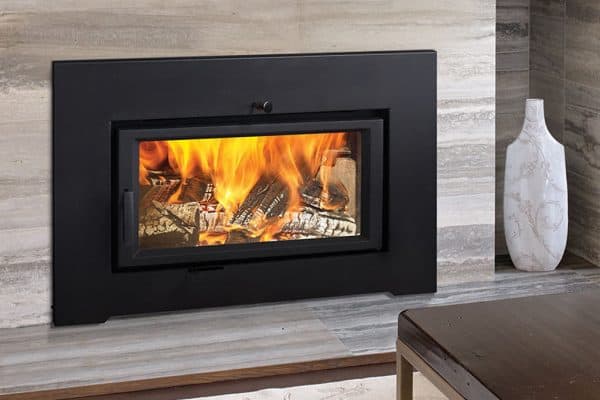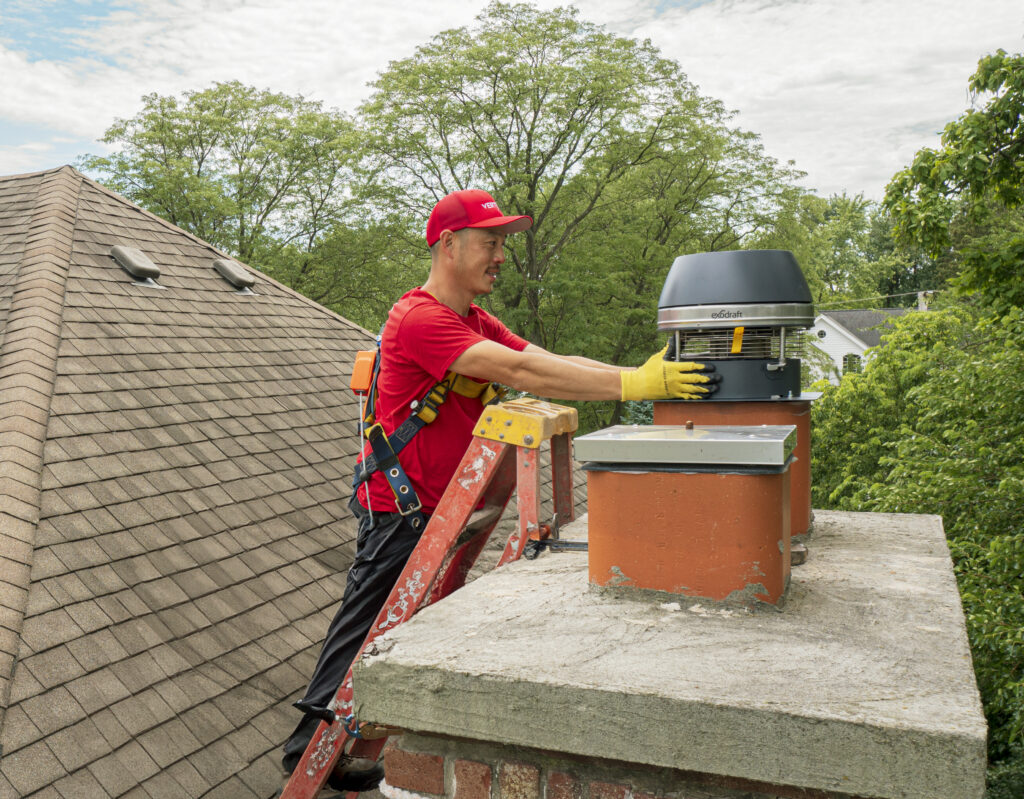
Types of Venting
When you understand how a traditional fireplace operates, you’ll get a better idea of how a ventless one works. There are a few different ways a fireplace vents, while most of them use a chimney, you’ll see just how a ventless one works without one.Direct-Vent
It’s still essential to know the types of venting for a gas fireplace, even if your home cannot utilize them because it lacks a critical component. For a direct vent, that component is a chimney. A direct-vent system transfers the combustion byproducts, hazardous fumes, and pollutants produced by the fire from the fireplace and outward through the chimney. The byproducts are then dispersed outside and become a non-threat to you and your home. A direct vent is the safest way to rid the home of dangerous combustion fumes, but not all homes are equipped with the masonry of a chimney. Integrating a brand-new chimney into your home is an expensive project, one that requires professional contractors, their labor, the materials, and an overhaul of your home’s structure to include this feature. Fortunately, a direct vent isn’t the only way of venting gas, and there are ways to rid your home of fumes with a gas fireplace when you don’t have a chimney.Natural Vent
With a natural vent system, you’re still using a similar method as direct venting. Also called a B-vent, a natural vent takes the dangerous fumes of a fireplace and pushes them outside the home through a chimney. If you don’t have a chimney, a natural vent system can also use a pipe venting system, which is typically installed through the roof. Here, you can get around having to use a brick and mortar chimney to rid the home of fumes and use a pipe system instead.
